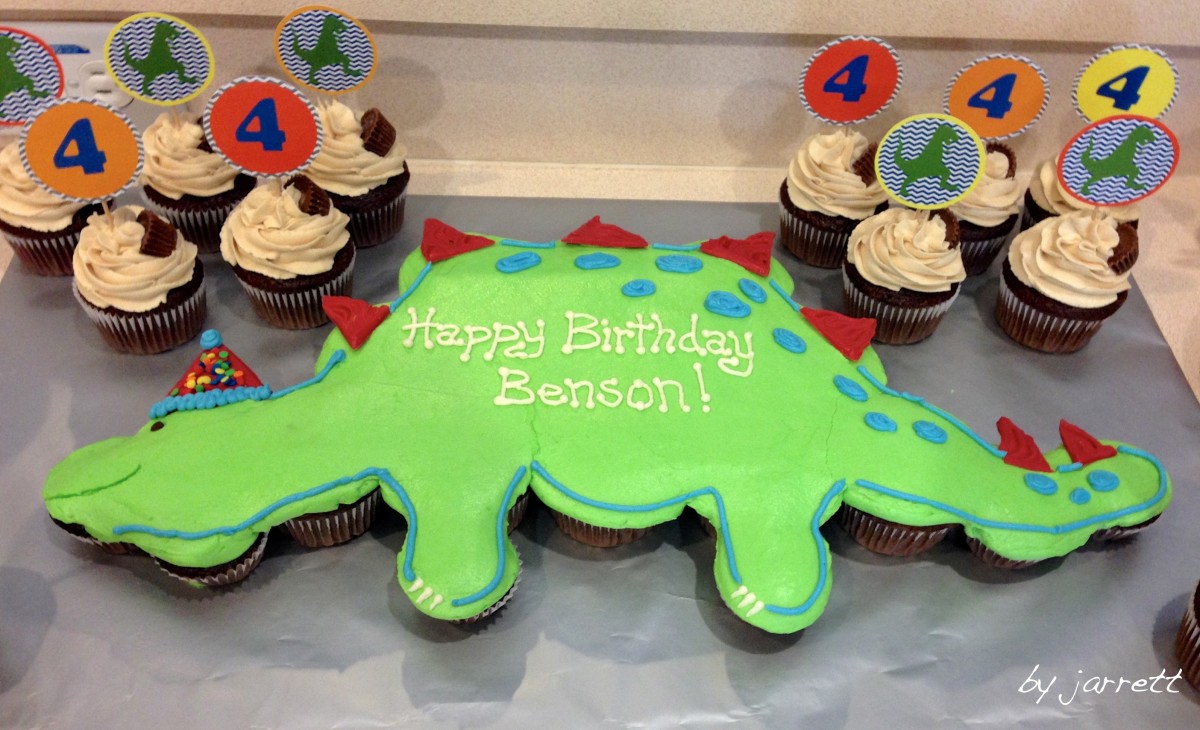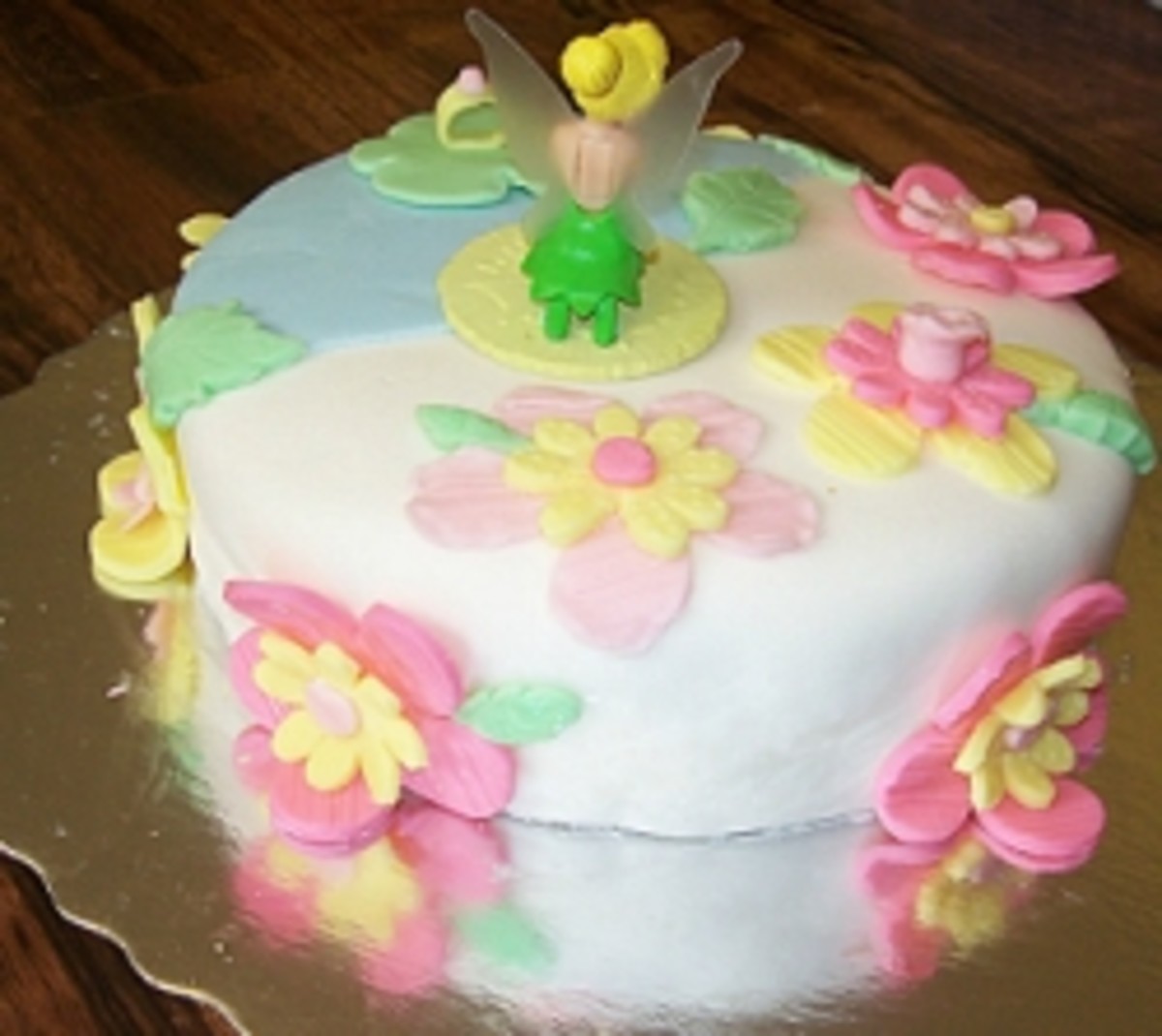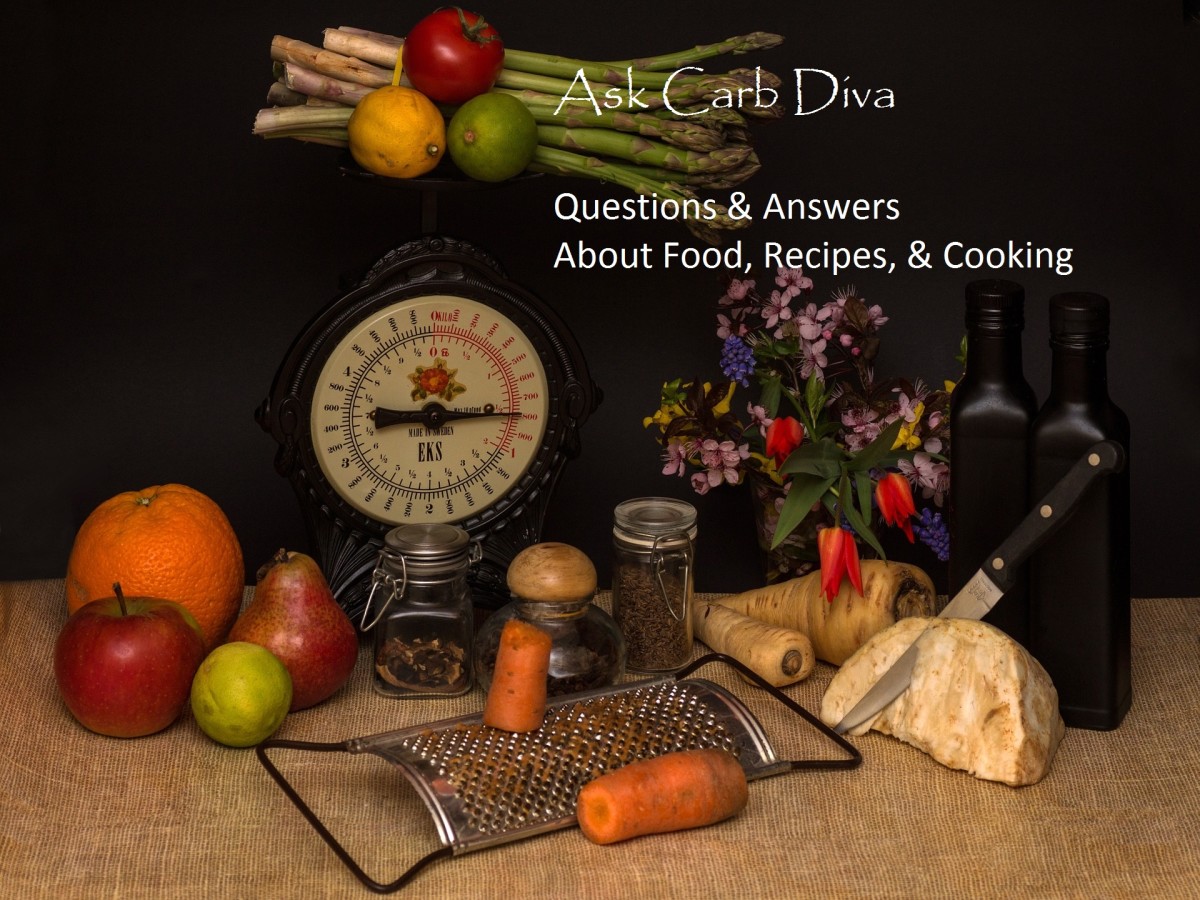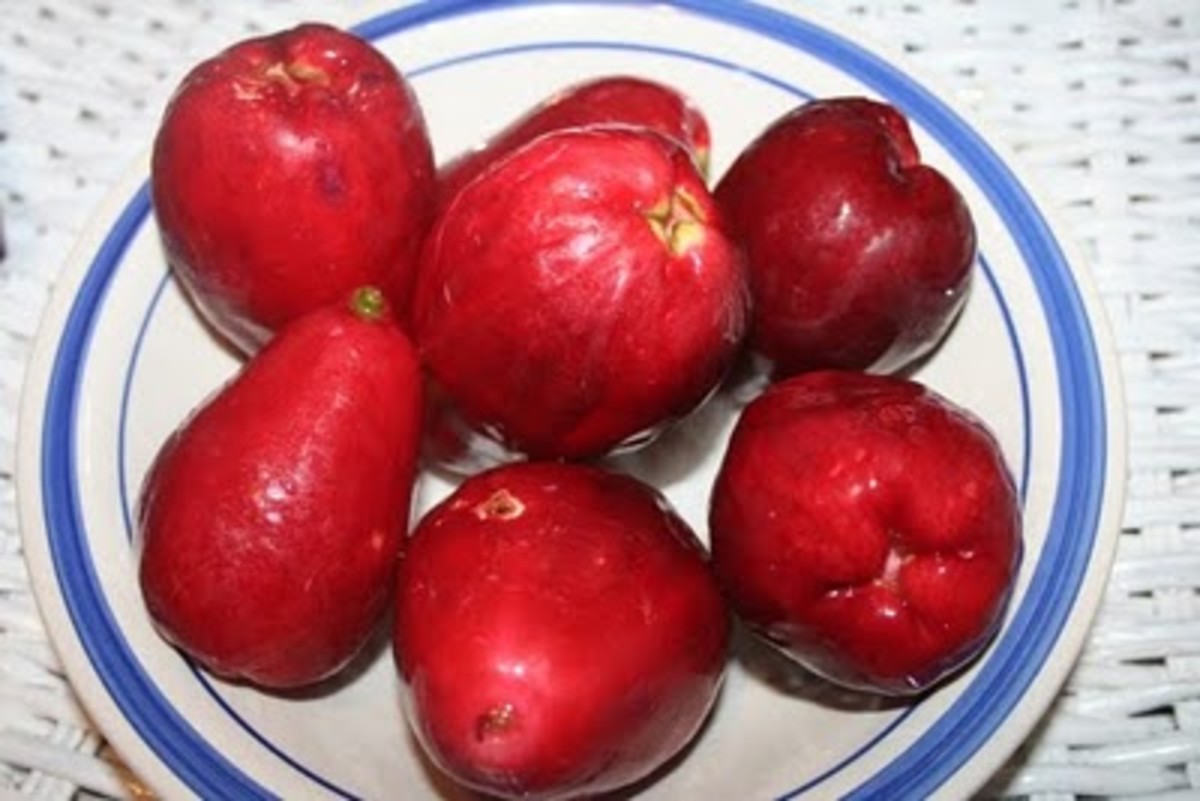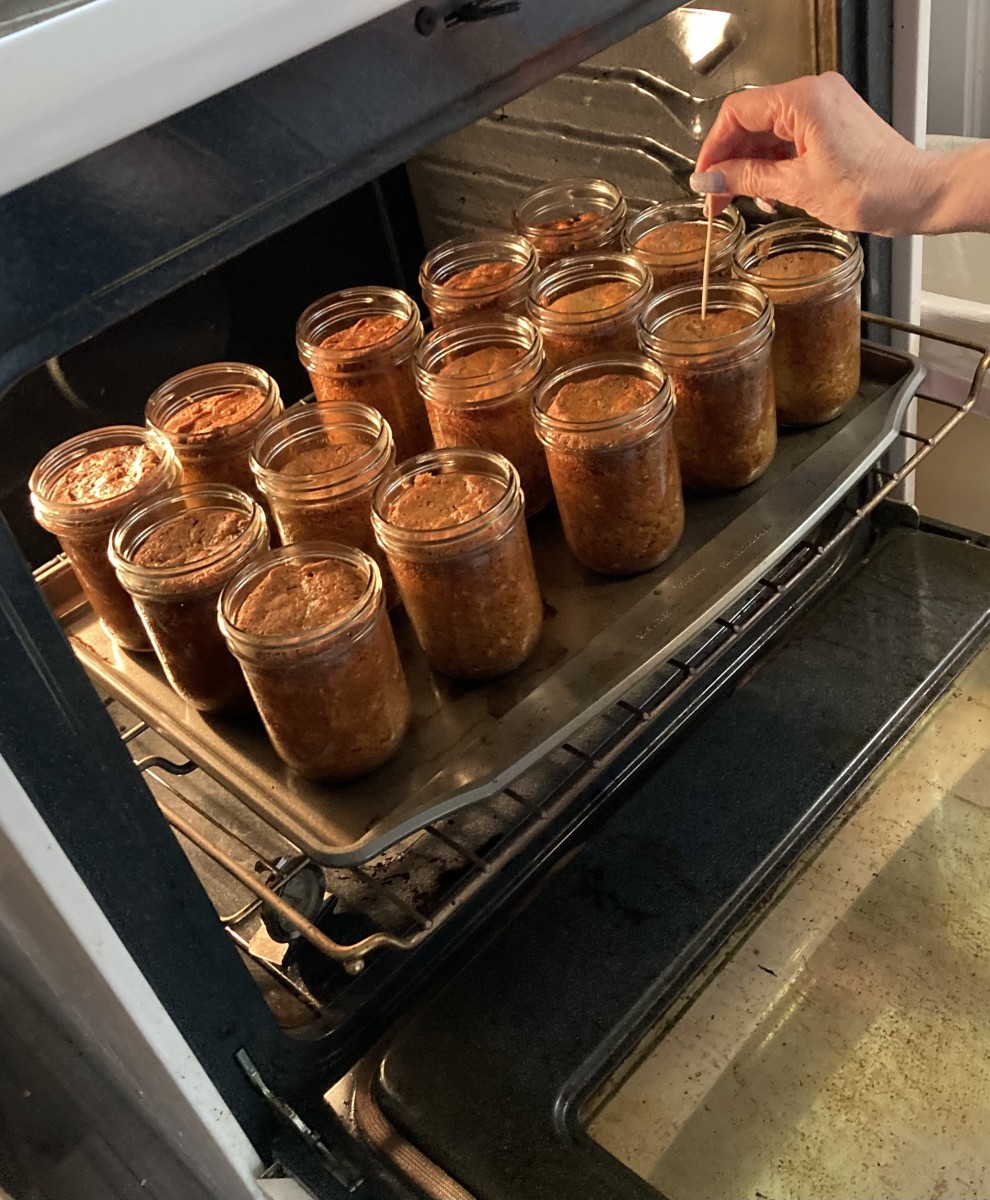How to Frost a Cake – Smooth Tips and Tools
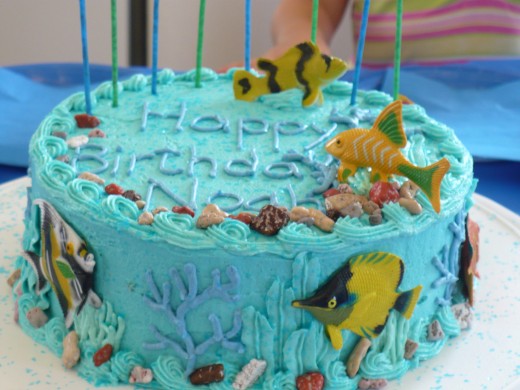
Whenever I decorate a cake, one of the first questions people ask is how I managed to get the icing so smooth. Trying to get the icing perfectly smooth on a cake can be frustrating to say the very least. Like most things in life, the best way to learn is trial and error (I’ve definitely done my share of that). However, through years practicing I have learned a few tricks and found a couple of tools that make a smooth cake much easier to attain. Although there are many different ways to ice a cake, this is what works for me.
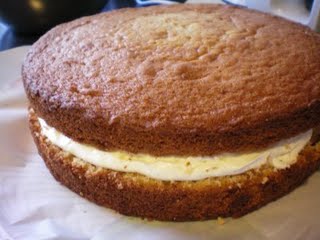
The Cake
The first thing needed for effortless icing success is a smooth cake surface to work with. Doing a lot of prep work can seem like a time consuming project, but when you take the time and prepare your pans properly, it allows the cake to release cleanly. This means there will be fewer crumbs when frosting the cake (a vital part of having smooth icing).
First, take each pan and generously grease it with shortening. Next, cut out a piece of parchment (or wax) paper the same size of the pan, and place it in the bottom of the already greased pan. Now coat the bottom of the parchment lined pan with shortening again. After that, pour a small amount of flour into each pan and circle and move it around until the bottom and sides are covered evenly with the flour. Shake out the extra flour into the sink. Repeat this process with each pan. When you pour the batter into the pans, make sure it is evenly distributed. You can measure it exactly, or go by sight.
Another important point while baking the cake is making sure it rises evenly. While the cake is baking in the hot oven, the heat from the pan causes the sides to rise quicker than the middle of the cake. This creates a large crown right in the center of the cake. When you keep the sides cool it allows the top of the cake to rise evenly. Wilton makes cake strips that you can wrap around the pan to accomplish this, but I also have a trick my mother taught me. I roll out paper towels to fit circumference of the pan. Then, I fold the towels down until they match the height of the sides. Next, I moisten them with cold water and wrap them around the pan. This method is just as effective as buying the cake strips. The only down side is that it can be time consuming when you are baking multiple cakes.
When the oven is ready, bake the cake the amount of time and at the temperature the recipe calls for. The best spot for baking a cake is right in the middle rack, in the center if the oven. It will be done when a toothpick is inserted and comes out clean. After you take the cake out of the oven, make sure to let it sit for ten minutes before removing it from the pan. When the ten minutes are up, run a clean butter knife between the side of the pan and the cake to further release the sides from the pan. Be careful not to scrape along the cake though; this can also cause crumbs. Now you can invert the pan unto the cooling rack and and slowly free the cake from the pan. Continue to let it cool for at least another couple of hours before frosting it.
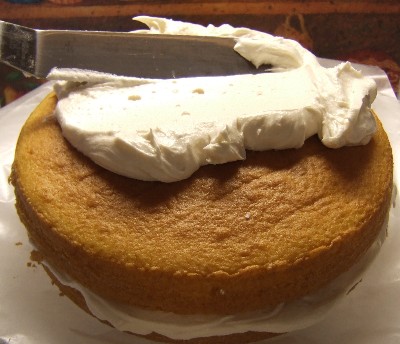
The Icing
The icing used when frosting a cake should compliment the cake. Buttercream icing taste great on almost any cake, and it is the number one icing in America. (Learn more at http://hubpages.com/hub/WhatistheDifferenceBetweenButtercreams.) I also find that buttercream icing creates a smooth surface to work with when it's applied right.
Before I begin frosting the cake, I like to place strips of parchment paper under the cake (between the cake and the cake plate or board). The paper keeps the surface underneath clean. Now, make sure the frosting is the right texture. The icing will spread on easier when it is a smooth, medium consistency. If the icing is too stiff it will pull up the sides of the cake, creating a large amount of crumbs.
Begin by heaping a very plentiful amount of icing on the top of the cake. Next, glide the spatula over the icing, moving it across the top and down the sides until the cake is completely covered. Using a large amount of icing in the beginning is key. As you continue to smooth it down you will be removing much of the frosting from the cake. I have found that it's much easier to take icing away than to have to go back and add more later.
Another thing to consider is that spreading icing on a cake is quite different that buttering toast. When buttering a piece of toast the knife is scraped along the surface of the bread. Frosting a cake is different. Instead of scraping across the cake, the spatula should glide over the top of the icing, pushing and molding (not scraping) the icing around the cake. After the cake is completely covered with frosting, the smoothing processes begins.
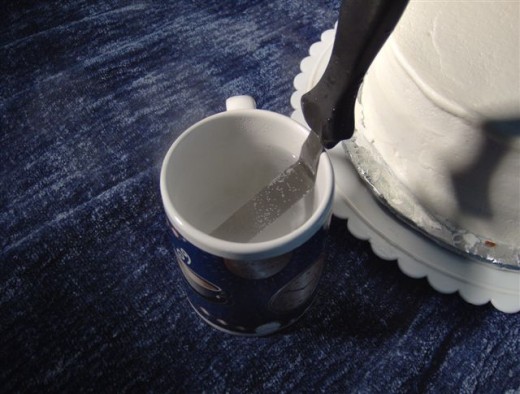
Smooooothing……
Smoothing the frosting on the cake takes time and patience. The first thing I do is fill a tall glass with hot water. In addition, I microwave mine for about 45 seconds to make sure it is really hot. Now, place the spatula in the hot water for about 30 seconds, allowing it to heat up. Next, take the spatula out of the hot water and wipe it on gently on a paper towel. I leave a few droplets of hot water to help the spatula glide across the icing. Now, when smoothing the icing I do the opposite of what I did while covering the cake. I start by gently sliding the spatula around the sides of the cake first. Then I take the extra icing that pushes up and over the sides and skim it across the top, continuing to heat and wipe off the spatula as I smooth. After the icing looks nice and sleek, allow it to set until a slight crust forms. When that has happened the parchment strips can be carefully removed from the bottom of the cake, and the decorating can begin.
The steps to making a smooth, beautifully iced cake can seem a little time consuming. However, making sure your cake is baked and frosted correctly will create a smooth canvas for decorating. I always think how unfortunate it is when a beginner works so hard on the cake embellishments, but the over all effect is ruined by the sloppy base of icing underneath. To me, decorating beautiful cakes is gratifing and worth the time and effort it takes to bake and frost them correctly.
Special Tools
Also, there are two awesome tools I want to mention that I have found recently. Both of them aid me in icing my cakes tremedously!
1. Cake Tip #789 – Wilton has a decorating tip that was designed to help in frosting cakes. When you use this tip to cover the cake the icing is applied much more evenly and quickly. I just used this tip for the first time recently, and it works wonders! Watch the video below to see how it works.
In this video the decorator is using tip #789. She also has some great tips and tools.
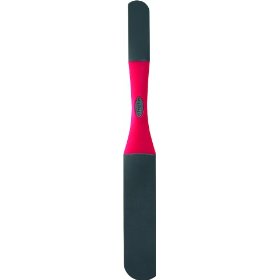
Spatula – My other new prized possession when icing a cake is a spatula that my parents found. It’s called the Chef’n Zip Flip Icing Spreader. This spatula is made out of nylon instead of metal. It has a larger spatula on one end and smaller on the other end. I find that when I am fosting a cake, the icing doesn’t cling to the nylon as easily as it does to the metal. It also seems to create a much smoother surface.
- Cake Decorating
What kind of cake would you like to make? Let's decorate a cake.. - Top Cake Decorating Tools for Beginners
With popular television shows like Ace of Cakes and Cake Boss, the interest in cake decorating seems to be growing. The very ambitious are enrolling in pastry schools across the world, hoping to be the next... - What is the Difference Between Wilton Buttercream and Classic Buttercream?
Meet our Wilton Method Instructor of the Year! Everyday, Wilton Method Instructors (WMIs) everywhere are teaching Wilton Cake Decorating classes. They are on the front lines with our consumers, sharing their... - Celebrate With Wilton - Create Beautiful Wilton Cakes, Cookies, Cupcakes & Candy With Wilton Dec
Make your celebration special with creative Wilton decorating tips and techniques. Create beautifully decorated Wilton cakes, cookies, cupcakes and candy with unique ideas, step-by-step instructions and premier Wilton bakeware.



